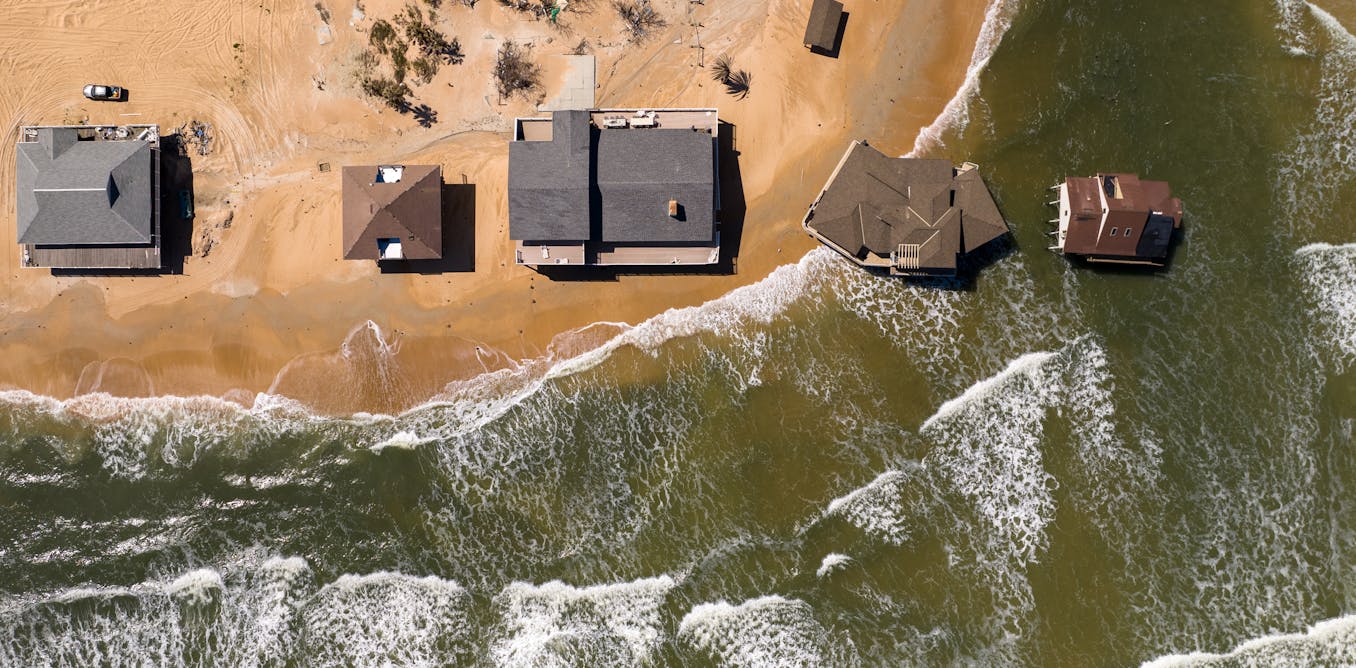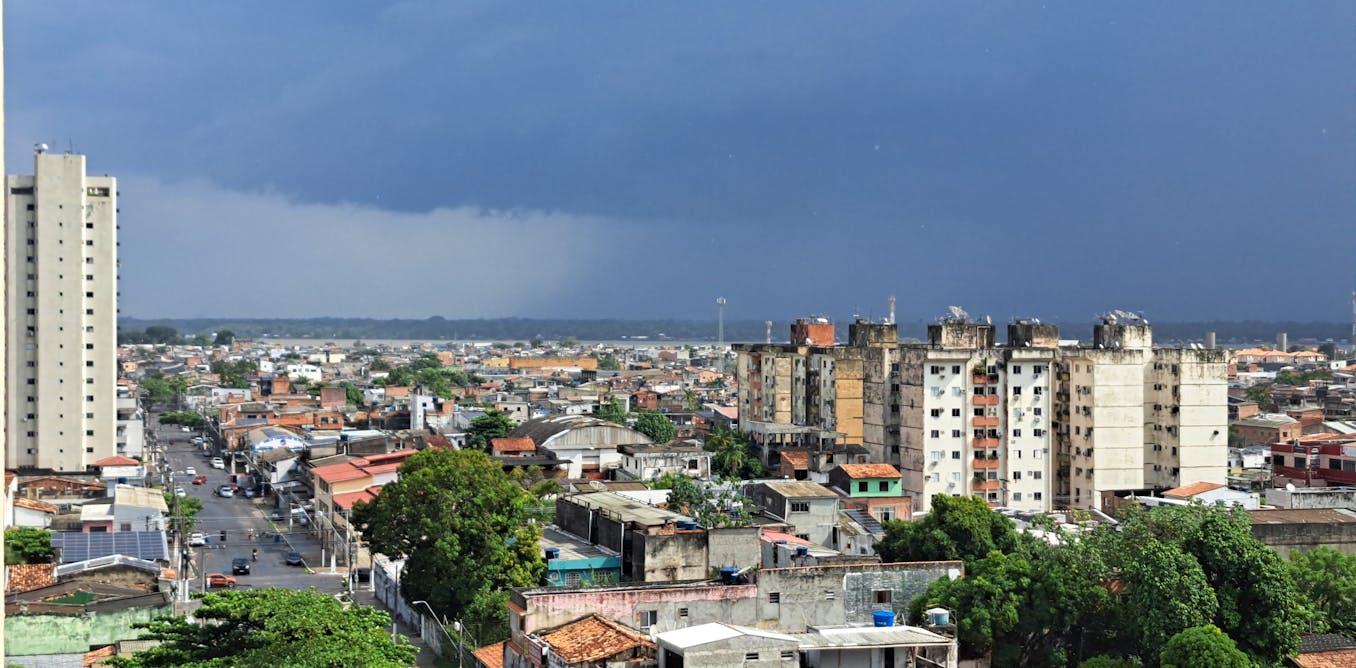The Mellon Foundation, the US’s largest philanthropic supporter of arts and humanities, has launched a $25 million fund that will support arts organizations based in the US-Mexico borderlands.
Called the Frontera Culture Fund, this program will support nonprofits on both sides of the border, marking the first large-scale instance of binational support for the arts along the frontera. The initial cohort of grantees consists of 32 organizations, eight of which are based on the Mexico side of the border.
The fund is part of the Mellon’s larger effort to focus on areas of the US that have historically not received arts funding, like the borderlands or Puerto Rico. That goal has been a core component of the Mellon Foundation’s work since the appointment of poet Elizabeth Alexander as president in 2018.
“Our long-term support for the artists, culture-builders, and stewards of creative expression among these communities will help amplify and sustain the profoundly varied arts and histories taking place in the borderlands,” Alexander said in a statement.
The receiving organizations range from local nonprofits like the Chicano Park Museum and Cultural Center in San Diego, the Carrizo Comecrudo Nation of Texas in Floresville, Fandango Fronterizo in Tijuana, and the Paso del Norte Community Foundation in Nuevo Laredo, Mexico, to more conventional arts organizations like the El Paso Museum of Art, the Museum of Contemporary Art Tucson, the Mexicali Biennial, and the Ciudad Juarez–based gallery and project space Azul Arena. Two universities, New Mexico State University and the University of Texas at El Paso, have also received funds to support curatorial work at those institutions.
Over the past three years, the foundation’s program officers have made trips to places such as Mexicali and Brownsville, spending a week at a time on both sides of the border to develop the program. The fund is led by two members of the Mellon’s Arts & Culture team, program officer Deborah Cullen, and program associate Casandra Hernández Faham. They have also contracted two cultural organizers who are based in the region: Raquel de Anda, an independent curator from Laredo, and Leilani Clark, an Afro-Indigenous (Santa Clara Pueblo/Diné-Navajo) filmmaker, poet, and performance artist from Tucson.
“In order to create a fund that was responsible and responsive, we needed to be in place, and we needed to design this initiative in conversation and in collaboration with artists and cultural workers from the region, listening to their experiences, their concerns, learning about ecosystems of cooperation, learning about the structural barriers that they face in access to in the work,” Hernández Faham told ARTnews in an interview.
Rather than give out all $25 million at one time, the Frontera Culture Fund will disburse its funds over the next several years. Hernández Faham said it was important to “move resources as quickly as we could” instead of waiting. This strategy will also allow the foundation to continue to build relationships and reach new organizations over the course of the fund’s run.
Hernández Faham, who grew up in Hermosillo, Mexico, a few hours south of the border town of Nogales, and worked as an arts administrator in Phoenix for 20 years prior to joining the Mellon Foundation four years ago, said she had “brought that lived experience and that understanding of the lack of support for artistic and cultural production in the borderlands.”
The foundation’s research to map the history of this funding confirmed that the region had indeed received minimal support from philanthropic organizations, including Mellon, and when support was given, it usually stayed on the US side of the border. “People are working through networks that span the border,” she said, noting that there has also been a historical erasure of Indigenous and Black communities at the border.
In choosing the 32 members of the fund’s initial cohort, Hernández Faham said that they wanted to select groups who were both “cultural anchors in their communities that celebrate the expressive life of the region” and whose work aligns with the Mellon’s own values and priorities of “integrating the arts with important community needs, like racial and climate justice, LGBTQ+ issues, Indigenous cultural sovereignty, public memory.”
One such grantee is the Carrizo Comecrudo Nation of Texas (Esto’k Gna), which is not a federally recognized tribe but has a strong presence in this part of Texas, outside San Antonio. The Mellon’s funding will help the Esto’k Gna create a Community Land Trust to protect 170 acres of the Esto’k Gna ancestral lands along the Rio Grande riverfront as well as establish a cultural center to preserve its cultural traditions and address land degradation.
“The Esto’k Gna have been, for some time now, standing in opposition to a lot of border militarization, extractive industry that is destroying their sacred sites and also causing ecological damage in the region where they live,” Hernández Faham said.
The Carrizo Comecrudo Nation of Texas, like a number of other organizations participating in the fund, will work with another Mellon program called Humanities in Place, which has created “a strategy that specifically about keeping places and supporting efforts to interpret people’s connections to place,” Hernández Faham said.
Another organization that will benefit from the Humanities in Place program is the Chicano Park Museum and Cultural Center in San Diego, which was “founded on decades of Chicano activism at the park” and opened in 2022. “People had to fight for this space, and it was in the context of a very difficult fight to keep the neighborhood, to keep place,” she said.
The Mellon funding aims to tell this story by supporting the center’s work on cataloguing and digitizing two significant archives that “tell the story of how people fought for the park and Chicano artists who created the murals and were trying to tell their story to the neighborhood in the face of a lot of erasure and a lot of loss,” Hernández Faham added.

One barrier to implementing the Frontera Culture Fund, however, was that “a lot of the artistic and cultural production that happens in the borderlands doesn’t intersect with the nonprofit art sector,” she said. Because many of these organizations aren’t incorporated as 501(c)3 nonprofits, they aren’t eligible to receive the grant money directly. In order to make sure deserving organizations could receive these funds, the Mellon Foundation has partnered with both fiscal sponsors in the US and binational fiscal sponsors who would be able to administer the funds from Mellon to these organizations. In doing so, the Mellon Foundation hopes to “support changes in the infrastructure that can have a long term effect,” said Hernández Faham.
She continued, “We know they are so vital to the cultural life of the region, but have historically not been able to access support from national funders like the Mellon Foundation.”
Another structural change that the Mellon Foundation hopes that the Frontera Culture Fund achieves is creating ties between organizations and artistic networks across the US-Mexico border. While connections across border towns are common, “organizing horizontally along the border is a lot harder,” Hernández Faham said. “It’s easier for folks in, say, El Paso, Texas, to feel they’re connected to their peers in Ciudad Juarez, but maybe not so connected to artists and cultural organizers in Tucson, for example.”
One organization that is already trying to do that work is the MexiCali Biennial, which Hernández Faham said “offers a very interesting perspective that is from the artists who are creating from that place and from that reality, and at the same time, they’re influencing a national discourse about border art.”
Cofounded in 2006 by artists Edward Gomez and Luis G. Hernandez, the biennial has staged five editions and is currently planning its sixth, scheduled for 2026. The inspiration behind launching the MexiCali Biennial, Gomez told ARTnews by email, was to create an alternative to the kind of exhibition format that the two, as Latinx artists, had routinely been denied access to.
“For us it a way to insert ourselves into that dialogue and then create the critique from the inside and really play with how the word ‘biennial’ was already understood in the art world,” Gomez said. ”By doing that, we found ways to create an alternative to subvert that model with no money, no funding.”
Taking a bird’s eye view, Hernández Faham stressed that Mellon Foundation doesn’t see the Frontera Culture Fund as “a one-off initiative for $25 million.” A success for the program will be in developing “long-term relationships with these projects,” she said. As the fund progresses, the Mellon aims to bring others national funders to supporting binational artistic production along the borderlands to maximize the support that organizations in the region receive.
“We want to share the knowledge that we have created [and] foster more knowledge, exchange, and collaboration throughout the region,” Hernández Faham said. “It’s really crucial that we understand the work that is happening in the US-Mexico Borderlands as critical.”

The post “Mellon Foundation Launches $25 M. Fund to Support Arts Organizations Along US-Mexico Border” by Maximilíano Durón was published on 10/18/2024 by www.artnews.com






































Leave a Reply